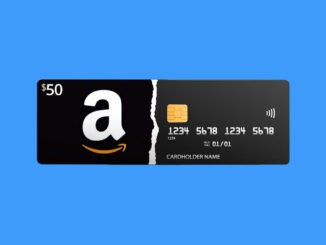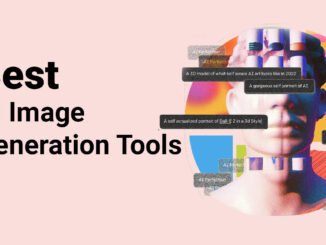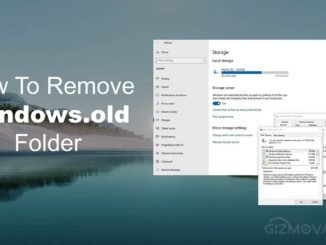
10 Best Text Editors for Mac in 2024
If you’re a Mac user who juggles coding, scripting, or managing configuration files, finding the right text editor is more than a convenience—it’s a necessity. [Read More…]

If you’re a Mac user who juggles coding, scripting, or managing configuration files, finding the right text editor is more than a convenience—it’s a necessity. [Read More…]

Are you looking to use multiple cards for a single Amazon purchase? While Amazon typically does not allow split payments across different credit or debit [Read More…]
![Download Windows 10 Activator TXT File Updated [2024] 3 Download Windows 10 Activator TXT File Updated [2022]](https://gadgetsbeat.com/wp-content/uploads/2022/07/Download-Windows-10-Activator-TXT-File-To-Activate-Windows-326x245.jpg)
Looking for the Windows 10 Activator Txt file to activate your copy of Windows 10 without the Product Key? Here’s our complete step-by-step guide on how to [Read More…]

Epson Adjustment Program solves all your problems related to Epson Printers. One of the most common problems with Epson printers is Waste Ink Pads Counter [Read More…]

A Remote Access Trojan (RAT) is a type of malware that provides cybercriminals with unauthorized access to the victim’s computer system. These are often disguised [Read More…]

Artificial Intelligence (AI) has revolutionized how we approach image creation and design. As the field of artificial intelligence continues to evolve, it is no wonder [Read More…]

Kovol has unveiled a 140W USB-C power adapter to meet the needs of the MacBook Pro. This laptop charger is equipped with the most recent [Read More…]
![How To Connect Onn Soundbar To TV [Complete Guide] 8 How To Connect Onn Soundbar To TV](https://gadgetsbeat.com/wp-content/uploads/2022/08/How-To-Connect-Onn-Soundbar-To-TV-326x245.jpg)
Onn soundbar is an ideal addition to your TV, laptops, televisions, and PCs, and it has everything you need to have the best audio experience [Read More…]

Have you been there before: You receive a check, tuck it safely away, and then fail to deposit a check before the bank shuts. Luckily, [Read More…]

Samsung soundbar with subwoofer is very popular in the market. They are easy to set up, pocket-friendly, and offer a good audio experience compared to [Read More…]

Have you ever upgraded your computer to the latest Windows only to lose your files and documents? It sounds like a nightmare, but there is [Read More…]

When you upgrade your computer to a newer version of Windows 11/10 or install a preview build, the system automatically saves a copy of the [Read More…]
© 2018 - 2024 Gadgets Beat. All Rights Reserved.